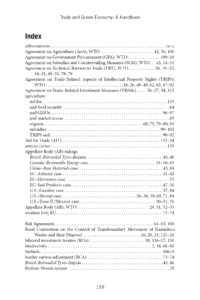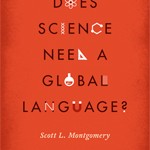Content notes and trigger warnings: A primer for editors
 I recently copy-edited a book called Purple Prose: Bisexuality in Britain, published by our subsidiary, Thorntree Press. The book covers a wide range of topics relevant to bisexual people and allies in the UK and other English-speaking countries. I learned a lot from editing this book, as I always do, but one thing I had to deal with was entirely new to me: content notes.
I recently copy-edited a book called Purple Prose: Bisexuality in Britain, published by our subsidiary, Thorntree Press. The book covers a wide range of topics relevant to bisexual people and allies in the UK and other English-speaking countries. I learned a lot from editing this book, as I always do, but one thing I had to deal with was entirely new to me: content notes.
Read More »Content notes and trigger warnings: A primer for editors





